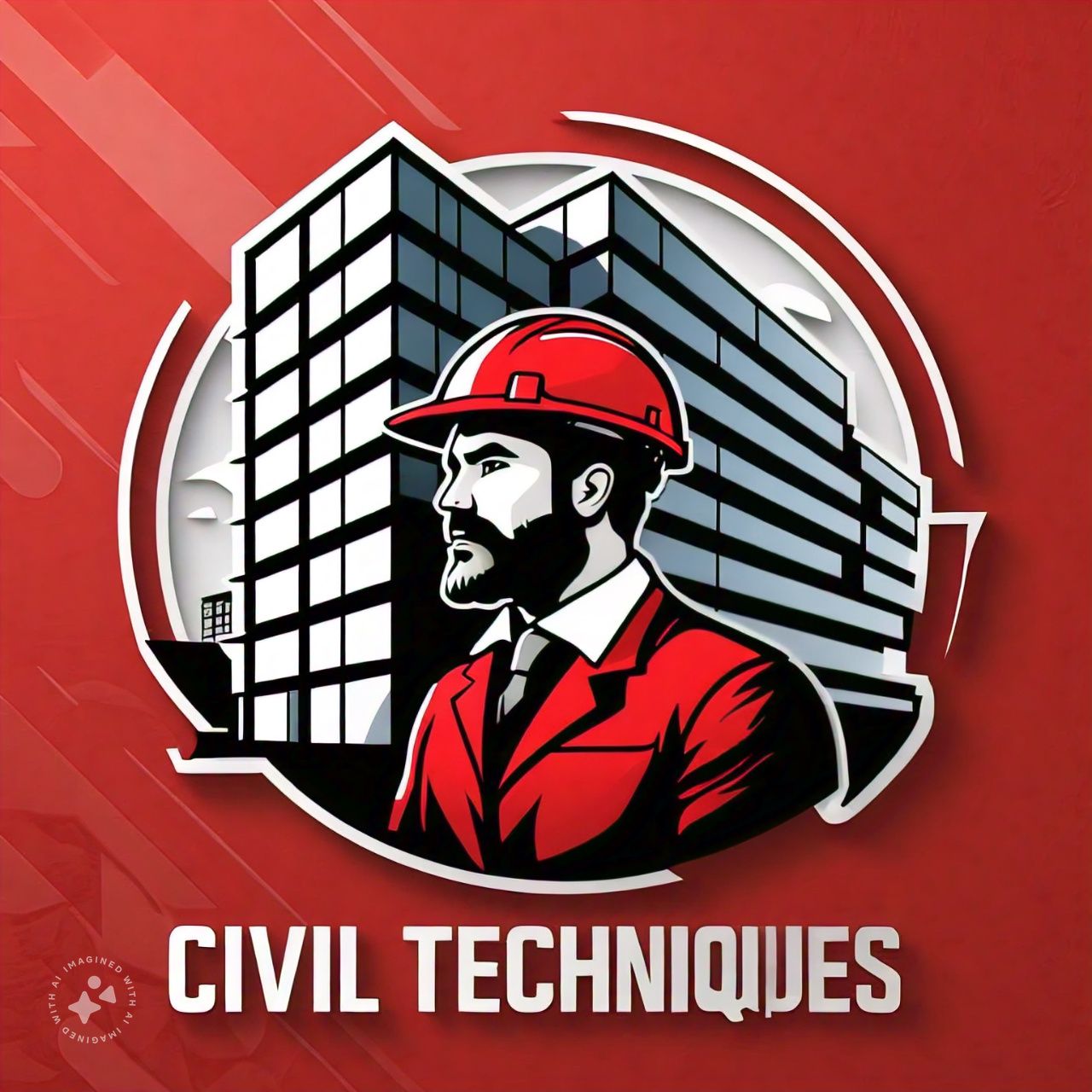Understanding Anti-Termite Treatment: Classification and Application Techniques
Anti-termite
treatment is a protective measure applied to structures to guard against
infestations by subterranean termites. This treatment involves the use of
specialized chemicals designed to create a barrier that prevents termites from accessing
the building. The effectiveness of the treatment typically lasts for a minimum
of 10 years, helping to ensure the structural integrity and longevity of the
building. Proper application is essential, requiring thorough preparation of
the site and consideration of soil conditions to maximize protection.
Procedure of Before Construction
- The surface of the ground should be
clean, compacted and firm. it should be free from any form of
organic impurities like wood, debris, leaves, plants etc...
- The back fill material that will be
used should be free from any organic impurities.
- While treating heavy soil like clay
or sloped surfaces, where penetration of the chemical into the soil is
slow shallow cuts, should be made on the surface to a depth of at least
75mm.
- In case of sandy, loose or porous
soil, where the chemical solution may be lost due to percolation,
preliminary moistening should be done to fill the capillary spaces.
- The chemical treatment of the soil
should start only after the foundation trenches or pits ready for
concreting.
- Treatment should not be given when
the soil is wet due to rains or sub-soil water
- The normal anti termite treatment
should not be done at areas below water table. If needed technical inputs
should be taken from the structural consultant regarding a suitable system
of anti termite treatment in such areas.
- In water logged areas, dewatering
should be done and chemical emulsion should be applied when the soil is
absorbent. This treatment based on IS 6313 (Part 2): 2001
Procedure of During Construction
Concentration
to be adopted for preparing the chemical emulsion using 20% EC shall be 1% by
weight for all the following treatment procedures, unless otherwise mentioned
or instructed at site. Continuous chemical barrier should be ensured for the
structures that are being treated.
Classifications of Anti Termite Treatment:
- Treatment for termite mounds
- Treatment of masonry structures
- Treatment of RCC Foundations &
Basements
- Treatment of soil along external
perimeter of the buildings
- Treatment of soil under apron along
external perimeter of the buildings
- Treatment on top of the plinth
filling
- Treatment at junction of wall and
floor
- Treatment of walls retaining soil,
above the floor level
- Treatment of soil surroundings pipes
and conduits
- Treatment of soil beneath expansion
joints
Required Tools and Equipment:





Leave A Comment